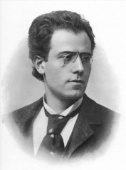 Gustav Mahler’s Symphony No. 2 in C minor, often called the “Resurrection” Symphony, made up the entire program at San Francisco’s Davies Symphony Hall, Saturday, July 2. There is more than enough beauty, mystery, passion, and inspiration to fill multiple performances of this one masterpiece. Music Director and Conductor Michael Tilson Thomas led his orchestra through a lifetime in ninety minutes of experience, poetry, struggle and sublime music.
Gustav Mahler’s Symphony No. 2 in C minor, often called the “Resurrection” Symphony, made up the entire program at San Francisco’s Davies Symphony Hall, Saturday, July 2. There is more than enough beauty, mystery, passion, and inspiration to fill multiple performances of this one masterpiece. Music Director and Conductor Michael Tilson Thomas led his orchestra through a lifetime in ninety minutes of experience, poetry, struggle and sublime music.
 Michael Tilson Thomas conducting Mahler
Michael Tilson Thomas conducting Mahler
MTT has established a reputation as a profound artist and interpreter of Mahler. The many Grammy awards for his Mahler recordings with the SF Symphony attest to that. However, there is never anything “been there, done that” about his performances. At this one, the SFS and its Maestro were truly imbued with Mahler’s energy and spirit. It was as though they channeled the composer and brought him back to us. As Mahler wrote in the poetry sung in the triumphant last movement, “With wings that I have won/in the heat of love’s struggle/I will soar/to the light that no eye can comprehend.” In this performance of the Resurrection symphony, it was Mahler himself who rose again. For the audience, his vision became our vision. We were lifted beyond ourselves.

 Mezzo-Soprano Kelley O’Connor; Soprano Katrina Gauvin
Mezzo-Soprano Kelley O’Connor; Soprano Katrina Gauvin
The last two movements were aided and fulfilled by the soloists, Kelley O’Connor and Katrina Gauvin, and the San Francisco Symphony Chorus. When the Chorus rose as one in the loft seating above and behind the orchestra, it was one of the powerful theatrical moments of the symphony’s performance. Mahler created great, majestic music, but he did not write it to be in artistic isolation. The voices extend the life of the instruments, the presence of the singers and the chorus enlarges the community from which the music arises and in which it dwells. There are other events in the symphony that leave such a powerful image of the making of music and the mission of the music that one can see the extension of life through this art. When the percussionists all beat on their drums, both hands holding drumsticks and beating rapidly, when the horn players quietly walk off stage in order to play from afar out of sight, even when the chorus members steadily turn their pages in unison and we see the turning of the white pages against their black clothes: it is all the total theater that Mahler made in order to make his art in as many dimensions as life. Reading the descriptions of the movements suggests this: “In quietly flowing motion,” “Very solemn but simple, like hymn,” “Bursting out wildly.” The descriptive power of the music calls forth every emotion, but in the end, “Slow. Misterioso,” there is mystery. On a cd, it will sound wonderful, but being there while Michael Tilson Thomas, the San Francisco Symphony, singers and Chorus live it is totally different.
Pictures from top, Gustav Mahler; picture of Michael Tilson Thomas by Kristen Loken, courtesy of the SF Symphony; Kelley O’Connor; Katrina Gauvin.


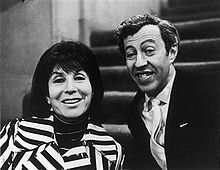
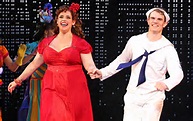
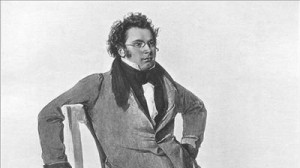
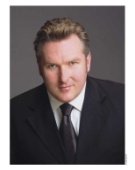

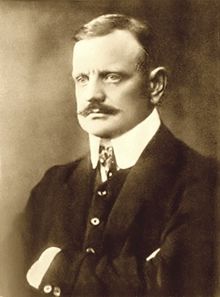

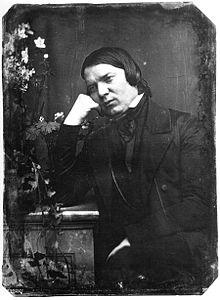

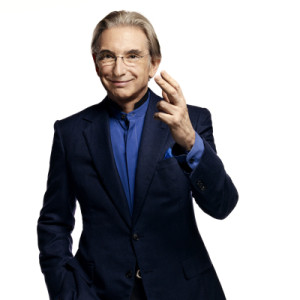
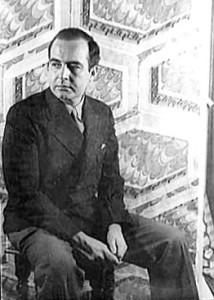

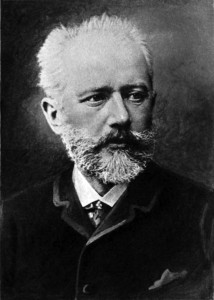






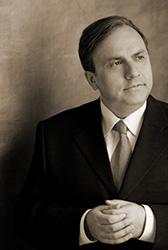

 pictures: above, Yefim Bronfman; L-Rt, Brahms, Berg
pictures: above, Yefim Bronfman; L-Rt, Brahms, Berg